How to protect plants from frost – 10 steps in a cold snap
Find out how to protect plants from frost – including cold snaps in spring
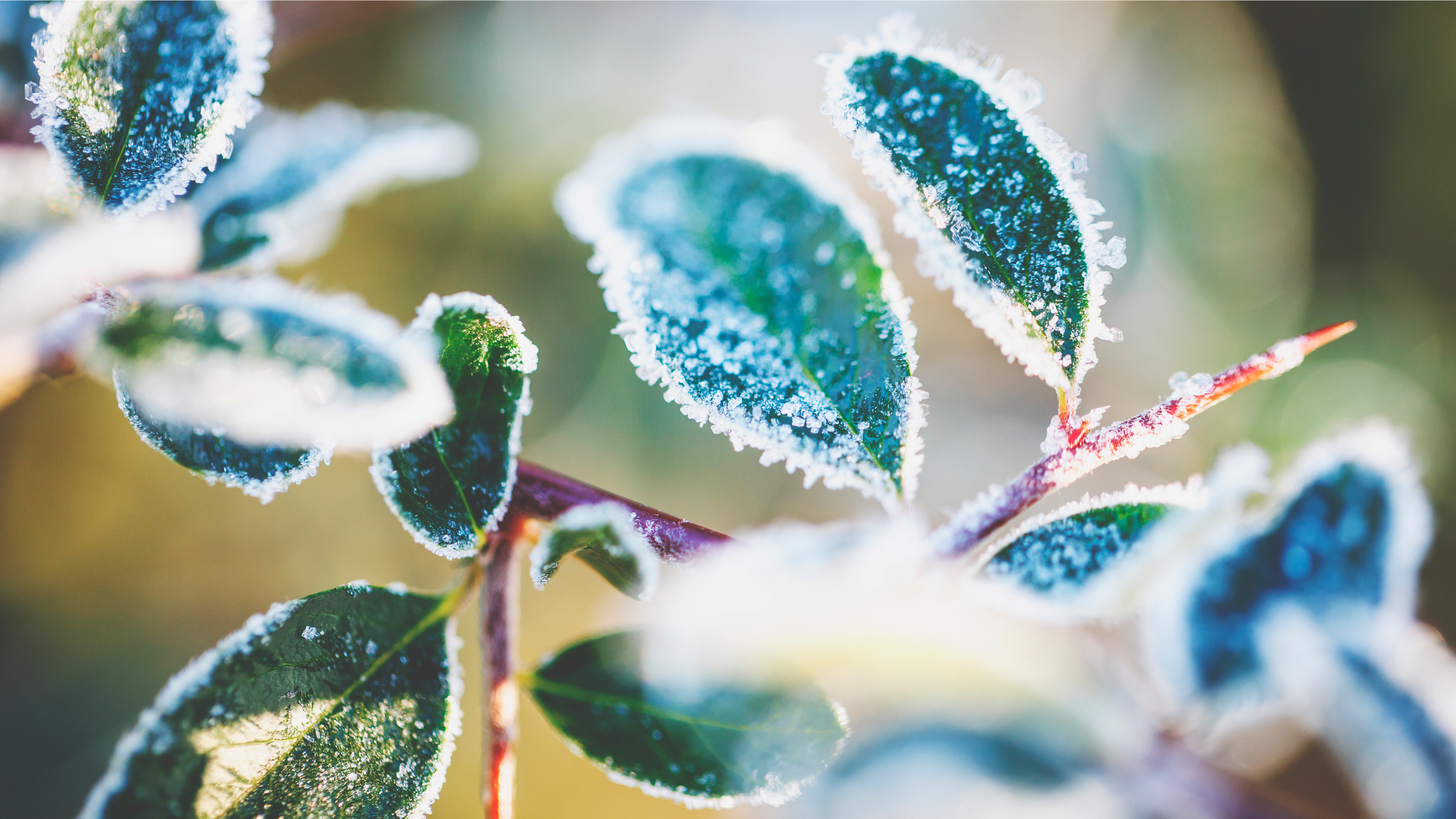
Learning how to protect plants from frost is very important if you grow non-hardy plants in your garden. While many perennials are frost-tolerant, tender plants – including the majority of summer-fruiting vegetables and annual flowers – will not do well at all in frosty weather.
While you probably took appropriate measures to protect your plants from frost during the winter, a late-winter or spring frost can catch unaware even an experienced gardener. Fortunately, there are a few things you can do to save your flower beds and crops.
There's no need to give up on your garden ideas because sometimes it snows in April. Armed with our pro tips, your plants will weather it out just fine.
1. Invest in cloches

Cloches (which can be bought on Amazon) are ideal to protect tender plants, particularly if you grow vegetables, and will keep them warmer but also dry to prevent disease. Try them for grow-your-own produce such as peas, broad beans, and salad leaves.
Alan Titchmarsh recommends the decorative versions in the form of Victorian-style bell jars because they’ll look good as well as do their job. However, you can also get tunnel cloches which, while they won’t be as attractive, can be a sound alternative if you have lots of crops to cover.
2. Use fleece
Like to put on a cozy, fleecy jacket in winter? So do some of your garden plants – although it’s the horticultural fleece you’ll need for your garden. It can be used for plants in pots – which are particularly vulnerable in cold weather – as well as for shrubs and trees.
Which of your garden plants need wrapping? Think callistemon, pittosporum and figs. In the case of the latter, to protect the fruit to come.
Get small space home decor ideas, celeb inspiration, DIY tips and more, straight to your inbox!
3. Care for plants in pots
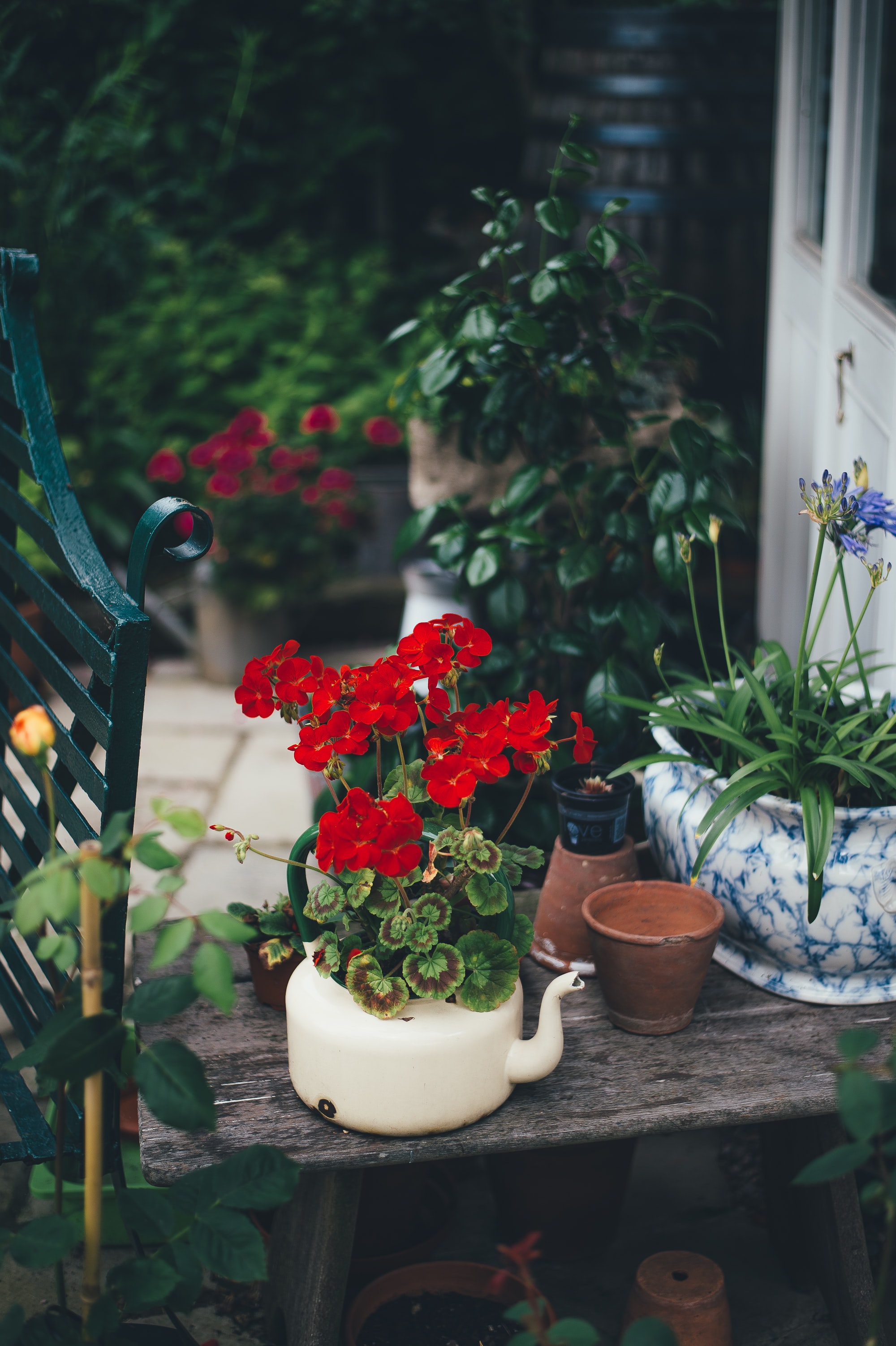
Plants in containers need extra protection from frost. Roots can freeze as well as the plant above, and the pot can get damaged, too. The solution is to wrap the pot in bubble wrap – or get frost-proof pots that will protect plant roots. Container gardening also allows you to move your pots indoors temporarily during particularly cold nights.
- The rapid-growing houseplant that will give your home a jungle vibe in no time
4. Bring tender plants under cover
This brings us to the next option. If you have the space, you should bring tender plants in before the frosts begin. This includes bananas, olives, succulents, fuchsias and salvias. If you don’t have a greenhouse, a conservatory or porch could be a good alternative.
Nowhere to put plants or you can’t move the pot because of its weight? That’s where fleece and bubble wrap come in (see above). You can wrap bananas and tree ferns, for example.
For a tree fern, use fleece for the trunk, then tie its fronds upright and use a layer of straw before adding a double layer of fleece. Banana stems can be protected with straw packing in a chicken wire surround. Put polythene over the top to keep the straw dry.
5. Care for geraniums over winter
Geraniums (technically, pelargoniums) shouldn’t be left out in the frost, as they are from South Africa originally. You’ll need to dig them out of beds and shake off soil from around the roots. Pot them up individually using a seed and cutting compost. Cut down stems to half their height, and take off dead flowers and yellow leaves. They’ll need to be kept in the greenhouse or a garden room that’s unheated.
6. Look after hydrangeas
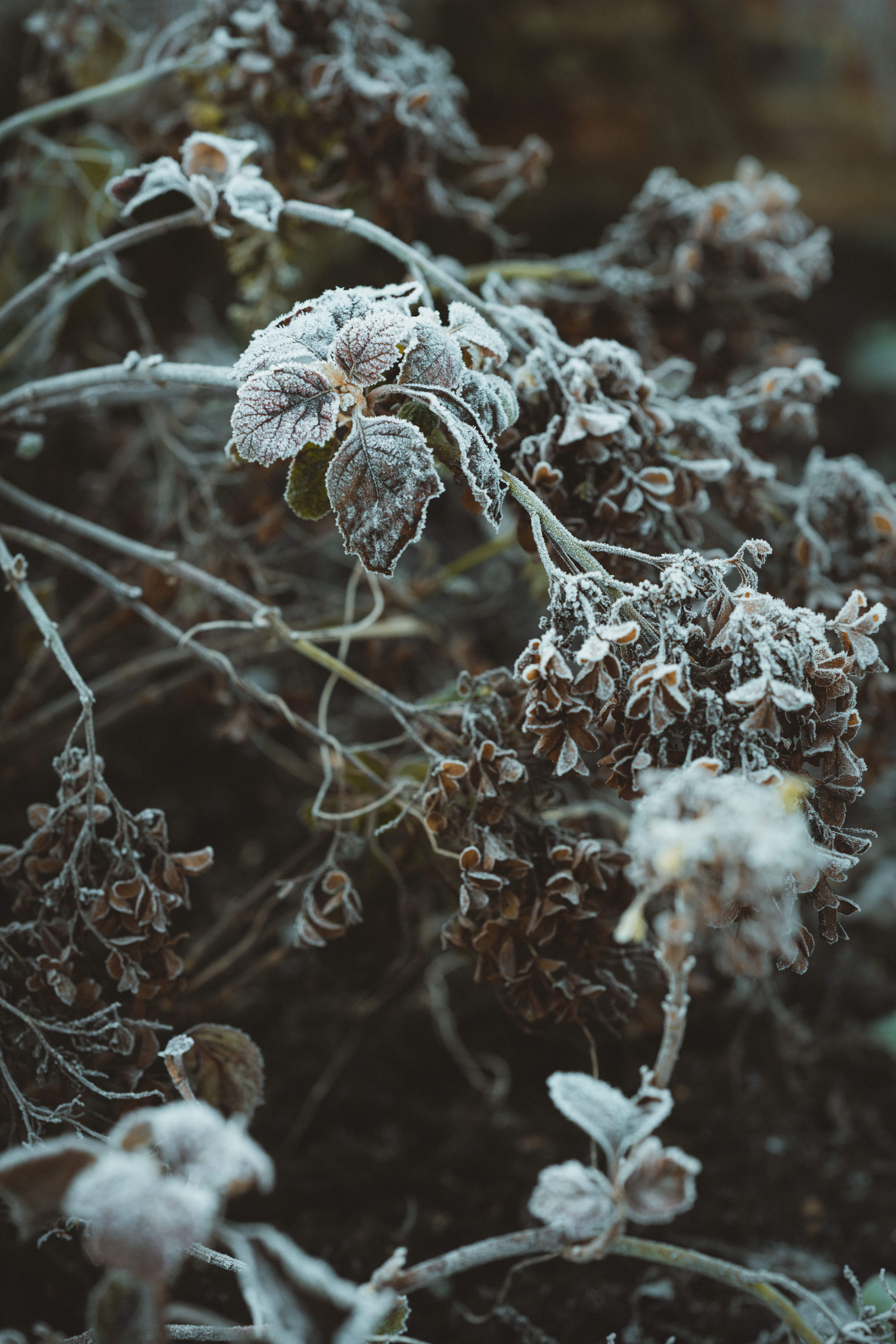
Worried about the possibility of frost damage to your hydrangeas? For mophead hydrangeas, leave the dead blooms on over winter. This way, you’ll protect the buds below from frost damage. You can then remove the dead flower heads in spring. Lacecap hydrangeas can be cut back as they’re hardier.
Also, take care if you're not sure when to prune hydrangeas. Don't ever prune them during frosty periods – wait until the risk of frost has passed and they have sprouted fresh buds.
7. Buy or DIY a mini greenhouse for potted plants
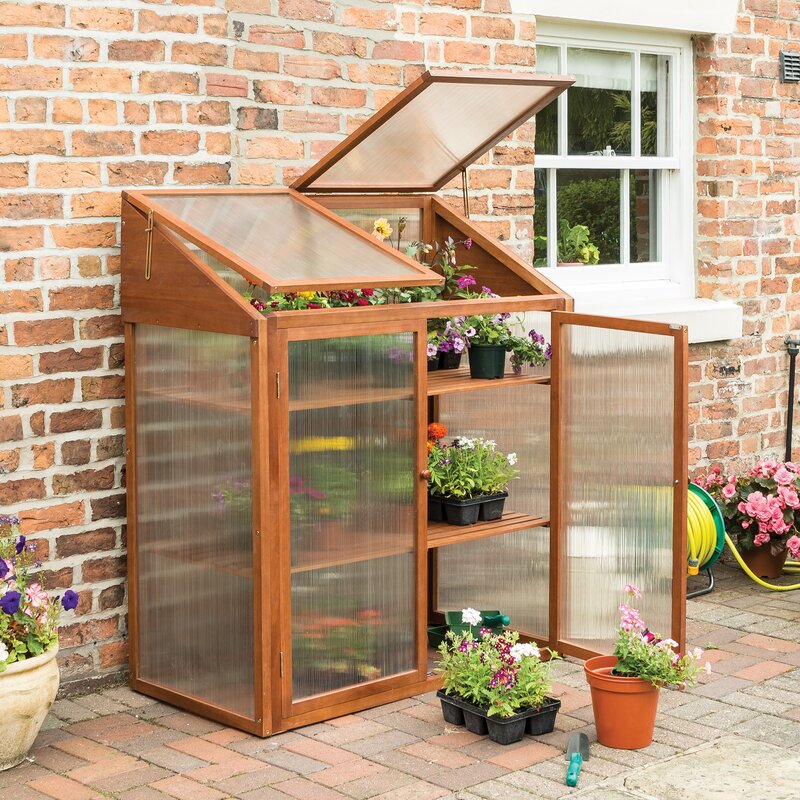
No space for a proper greenhouse? You can still protect your container plants from frost with a mini greenhouse or cold frame. While choosing frost-proof pots is the first step to keeping your plants healthy in winter, some species just can't be left outside on a frosty night. Another option is to DIY a greenhouse, choosing a simple design you can do in a day.
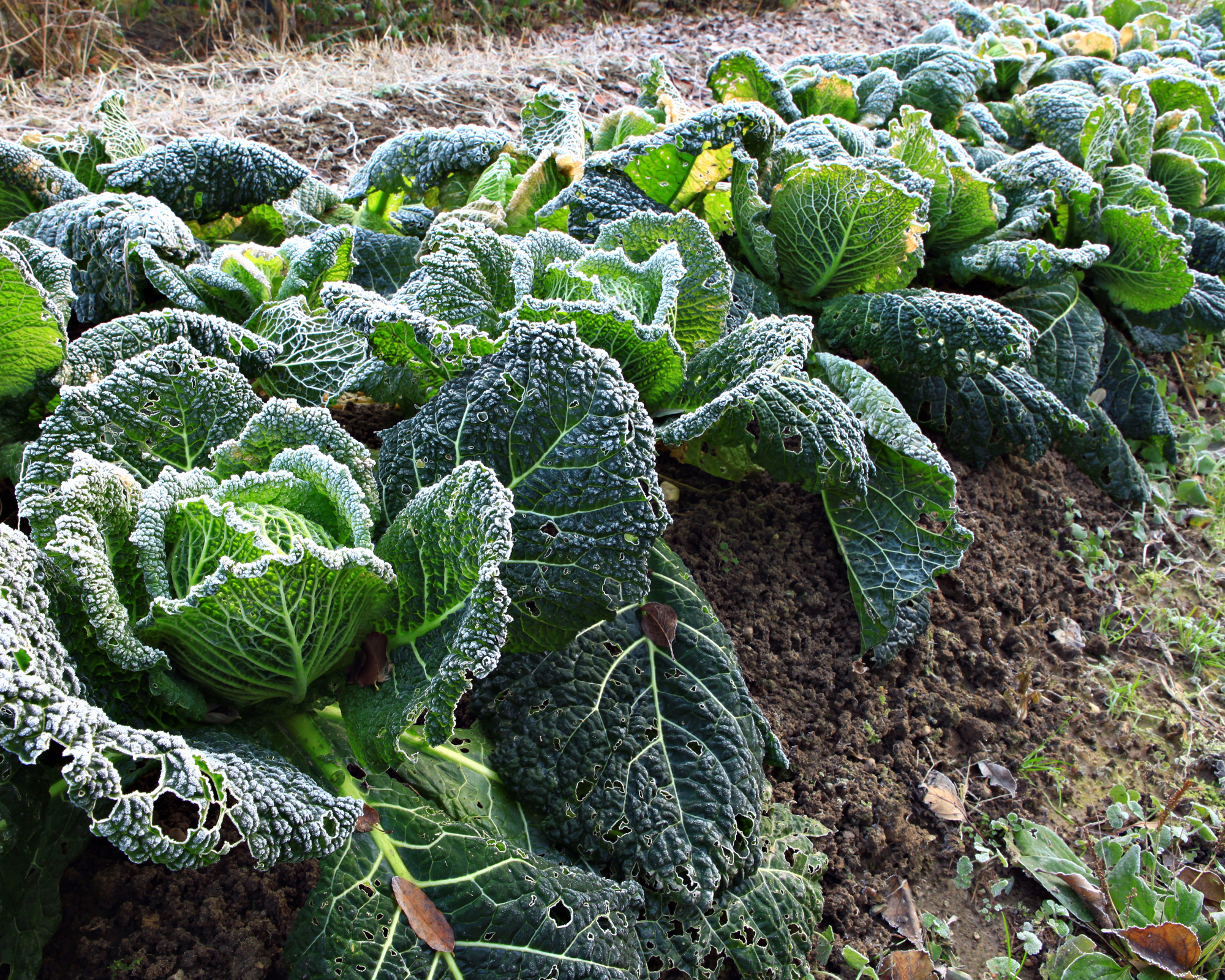
8. Use plastic sheeting as frost covers
Even a large plastic bag will do here, but you can also buy plastic sheeting from Amazon. The trick here is to make sure that the plastic does not does your plants – it should always be secured in a way that prevents contact, or you risk the freezing plastic damaging your plants. You can use bamboo stakes or milk cartons to prop up the plastic so that it stays above your plants.
9. Water your plants the night before a frost
Forget that rule you've heard about not watering your plants at night. If you know a frost is coming, it's a very good idea to give your plants a thorough watering the evening before. That's because wet soil is always warmer than dry and your plants will suffer less.
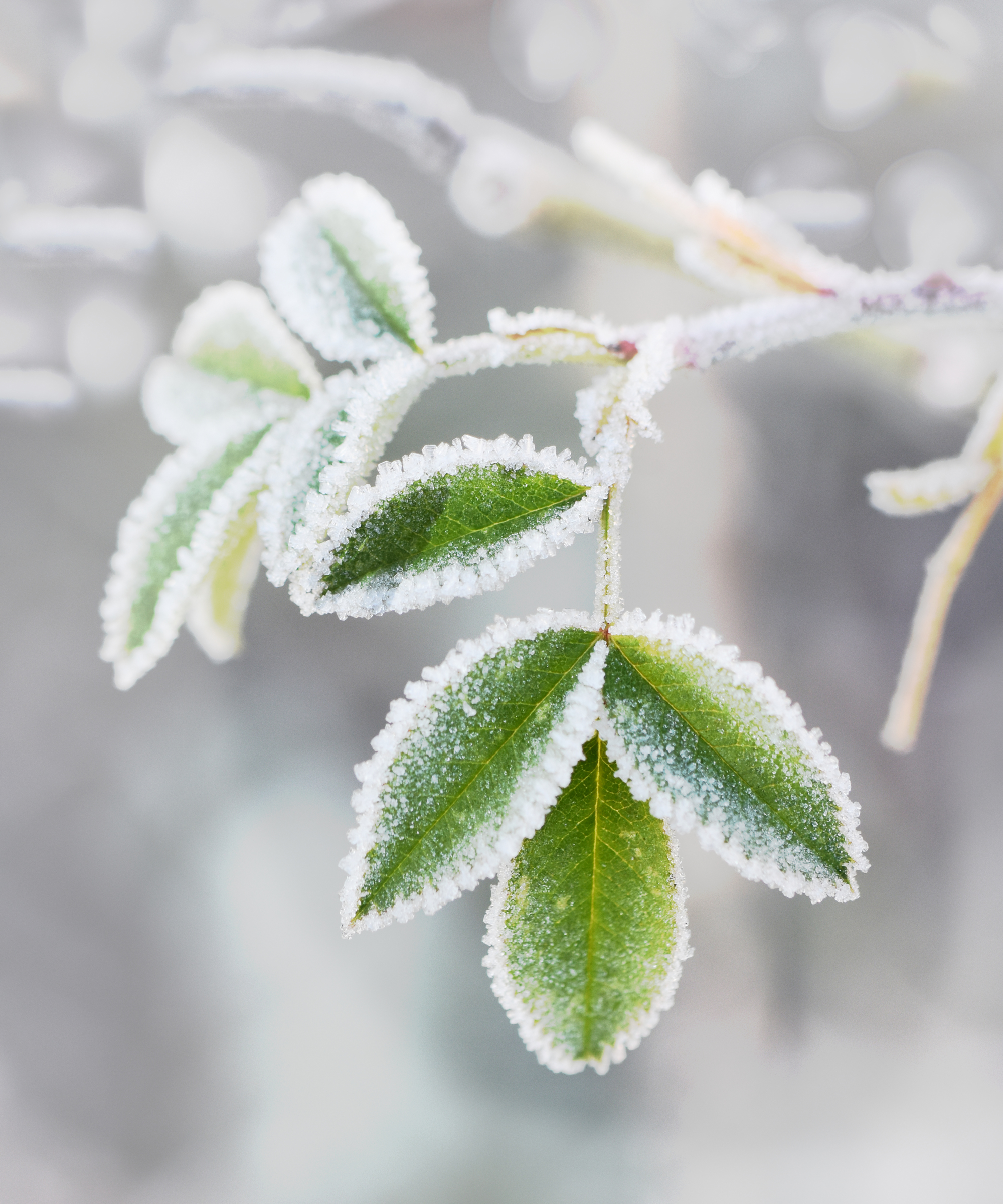
10. Understand first and last frost dates
This is essential, whether you are an experienced or beginner gardener, as it allows for proper annual planning, but it's also very useful to know your first and last frost dates in order not to be caught out by the possibility of a frost. Of course, these dates are only predictions, but they tend to be fairly accurate as they're based on years of data. Always search for your country and region as there will be a lot of variation.
Anna is a professional writer with many years of experience. She has a passion for contemporary home decor and gardening. She covers a range of topics, from practical advice to interior and garden design.